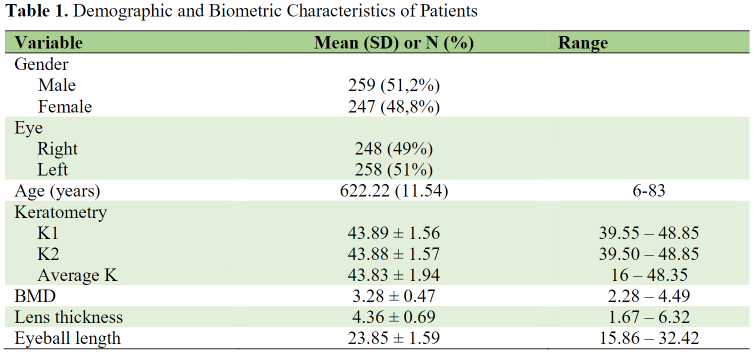Phacoemulsification combined with High-Frequency Deep Sclerotomy (HDFS) in Primary Open Angle Glaucoma Patients in DR. Achmad Mochtar Bukittinggi Hospital Oral Presentation - Observational Study - Ophthalmologist
Abstract
Introduction & Objectives
Glaucoma is the leading cause of irreversible blindness. Phacoemulsification-trabeculectomy
combined procedure is performed for cataract and glaucoma patients. High-Frequency Deep
Sclerotomy is a minimally invasive surgical technique to control IOP in POAG. The study aims to
investigate whether IOP can be significantly reduced by phacoemulsification-HDFS combined
procedure.
Methods
Data were collected from August 2022 to March 2023 in this retrospective non-randomized study. A
total of 20 eyes patient had undergone phacoemulsification combined with High-Frequency Deep
Sclerotomy (HDFS). Intraocular pressure (IOP) was measured before and after surgery on the first
day, 1, 2, 3 weeks, and 1st month postoperatively.
Results
After performing phacoemulsification combined with HDFS, the IOP was reduced from 29,87 mmHg
to 16,67 mmHg, which is highly significant (p< 0,001). Mild hyphema is present in 1 (5%) case after
the procedure.
Conclusion
HDFS combined with phacoemulsification is a potent surgical method that significantly reduces the
IOP
Full text article
References
-
Authors
Copyright (c) 2023 ROMI YUSARDI

This work is licensed under a Creative Commons Attribution-NonCommercial-ShareAlike 4.0 International License.



